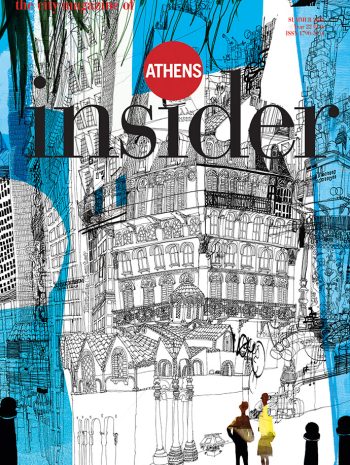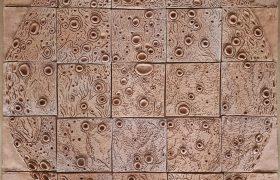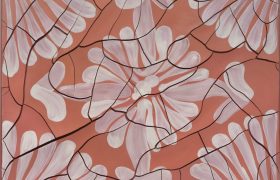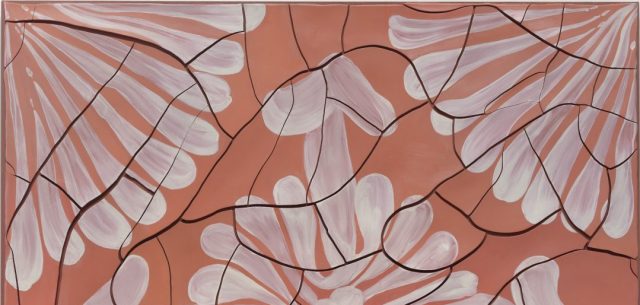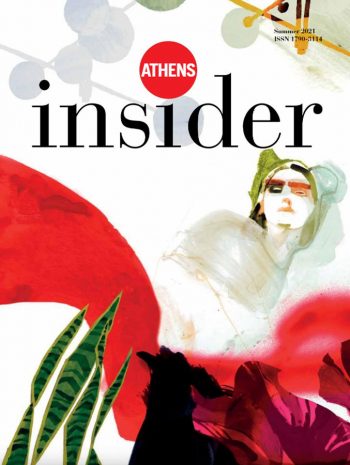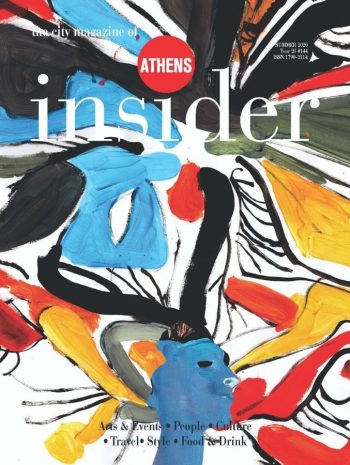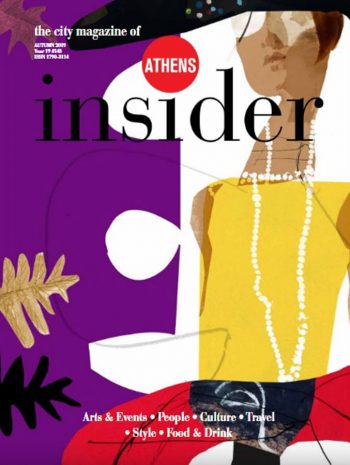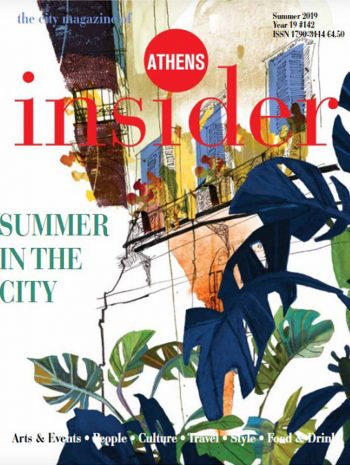What we Mean to Animals: A Future with Fur, Feather, and Fang

Why Look at Animals? A Case for the Rights of Non-Human Lives is not merely an exhibition—it is an urgent moral provocation, a rallying cry wrapped in curatorial finesse. It challenges the museum-goer to confront a pervasive blind spot in our collective conscience: the silent suffering and systemic erasure of non-human life in an age intoxicated by human exceptionalism. In the end, Why Look at Animals? asks not only what animals mean to us—but what we mean to them, and what kind of world we might co-create, if only we dared to look again.
Taking its name from John Berger’s landmark 1980 essay, Why Look at Animals?, the exhibition draws deeply from Berger’s reflection on our fractured relationship with animals—a relationship once intimate and reverent, now coldly transactional. Berger mourned the vanishing gaze between animal and human, a gaze once rich with mutual recognition, now replaced by glass enclosures, factory walls, and supermarket packaging. EMΣT transforms this mournful diagnosis into a clarion call for change.

Kasper Bosmans. Installation view. EMST 2025
The exhibition begins in the museum’s subterranean level, where the foundational sins of colonialism, industrialism, and technological “progress” are laid bare—not just as historical forces, but as engines of mass dispossession and extinction. Here, the viewer is immersed in the first acts of environmental conquest and animal subjugation, scenes that pulse with both the violence of the past and its chilling echoes in the present.
Moving from the museum’s cavernous basement to the higher floors becomes a metaphorical journey—from the depths of devastation to emergent possibility. On the intermediate floors, contemporary works grapple with the realities of urban wildlife, activist resistance, and alternative epistemologies—ways of knowing animals beyond utility and dominion. These pieces do not plead for sympathy; they demand ethical reckoning.
By the time one reaches the fourth floor, a shift occurs. Here, the exhibition blossoms into a speculative, even playful space. It is where animal agency takes center stage—through poetics, ecofeminism, animism, humour, and creation. The artworks speak not just about animals, but with them. Dignity is restored. The viewer is invited to imagine a future less defined by hierarchy and more by interspecies collaboration, mutual respect, and shared sentience.

Bird Brain, Emma Talbot, EMST 2025
Crucially, Why Look at Animals? is not content to simply gesture at compassion. It targets the structural, institutionalised violence that underpins modern life—violence that commodifies life, obliterates habitats, and reduces vibrant beings to data points, profits, and carcasses. The exhibition insists on making the invisible visible. It dares to say what is rarely said aloud in polite society: that animal suffering is not an unfortunate side-effect of progress, but a central, brutal fact of it.
In placing the rights of non-human life at the core of its programming, EMΣT reframes ecological justice itself. Climate action, the exhibition posits, cannot be disentangled from animal justice. There is no environmental salvation without a reckoning with our treatment of the animals that co-inhabit this planet with us—not as ornaments, symbols, or subordinates, but as sentient, expressive beings in their own right.
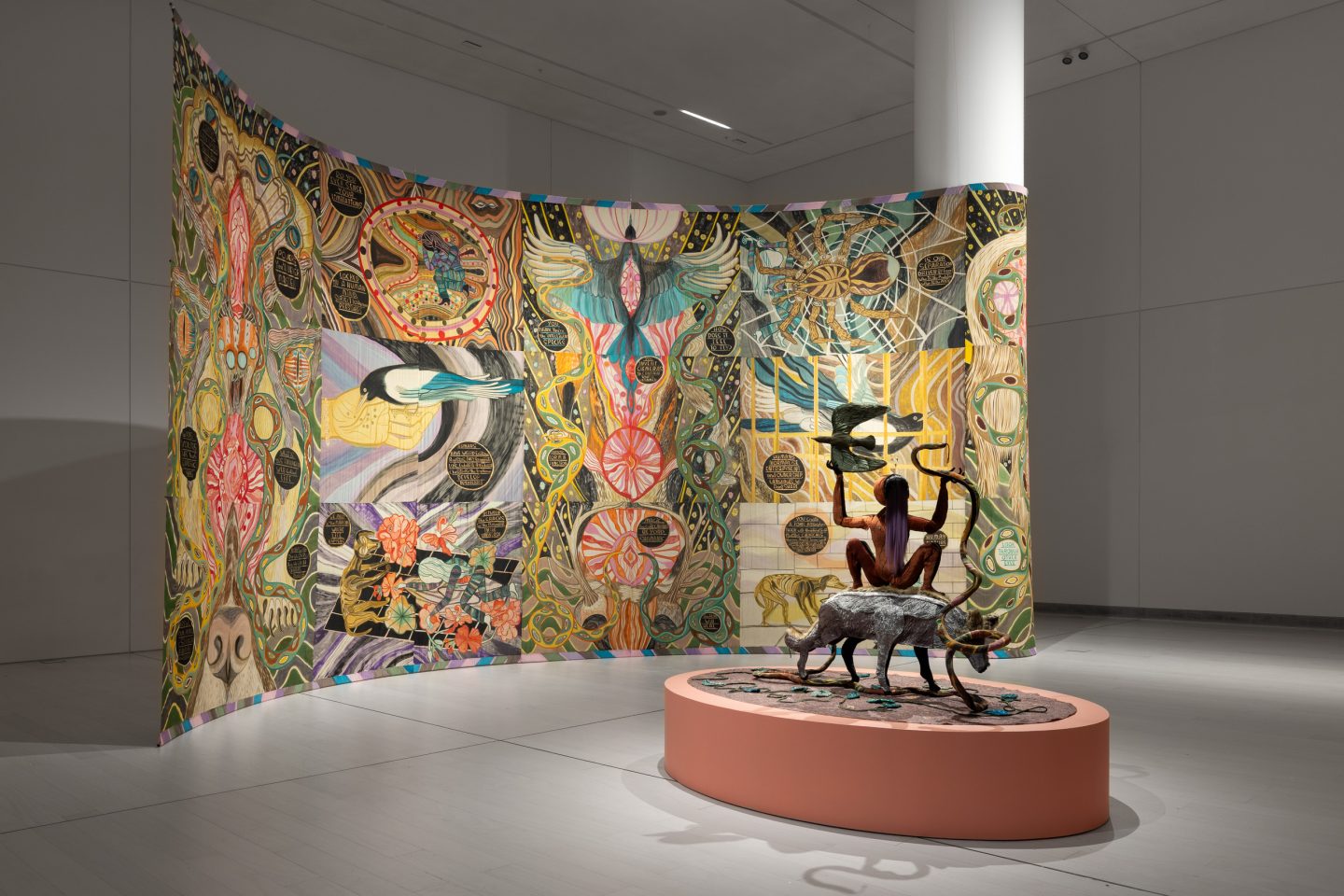
Emma Talbot. Installation View
In the end, Why Look at Animals? does more than look—it listens, grieves, protests, dreams. It is a mirror held up to a human gaze that has too long turned away. It asks not only what animals mean to us—but what we mean to them, and what kind of world we might co-create, if only we dared to look again.
Ang Siew Ching I Art Orienté Objet (Marion Laval-Jeantet & Benoît Mangin) I Sammy Baloji I Elisabetta Benassi I John Berger I Rossella Biscotti I Kasper Bosmans I Xavi Bou I Nabil Boutros I David Brooks I Cheng Xinhao I David Claerbout I Marcus Coates I Sue Coe I Simona Denicolai & Ivo Provoost I Mike Dibb & Chris Rawlence I Mark Dion I Radha D’Souza I Maarten Vanden Eynde I Jakup Ferri I Alexandros Georgiou I Igor Grubić I Gustafsson & Haapoja I Joseph Havel I Lynn Hershman Leeson I Annika Kahrs I Menelaos Karamaghiolis I Anne Marie Maes I Britta Marakatt-Labba I Nikos Markou I Angelos Merges I Wesley Meuris I Tiziana Pers I Paris Petridis I Janis Rafa I Rainio & Roberts I Marta Roberti I Mostafa Saifi Rahmouni I Lin May Saeed I Panos Sklavenitis I Sonic Space I Jonas Staal I Daniel Steegmann Mangrané I Oussama Tabti I Emma Talbot I
Nikos Tranos I Maria Tsagkari I Dimitris Tsoumplekas I Euripides Vavouris I Kostis Velonis I Driant Zeneli
Curated by Katerina Gregos
When: Until February 15, 2026. Open daily except Mondays.
Where: EMST, Kallirois Ave & Frantzi, 11743 Athens. Tel. +30 211 1019055 & +30 211 1019073
